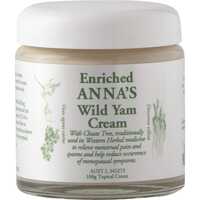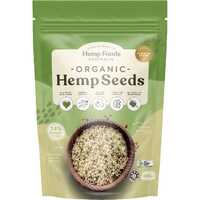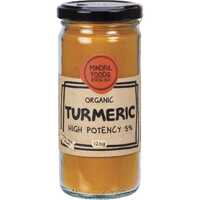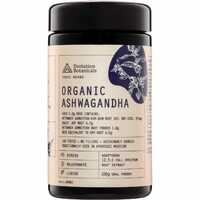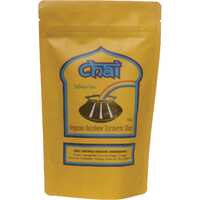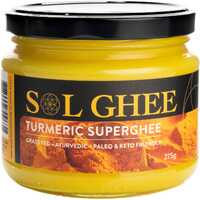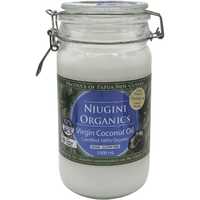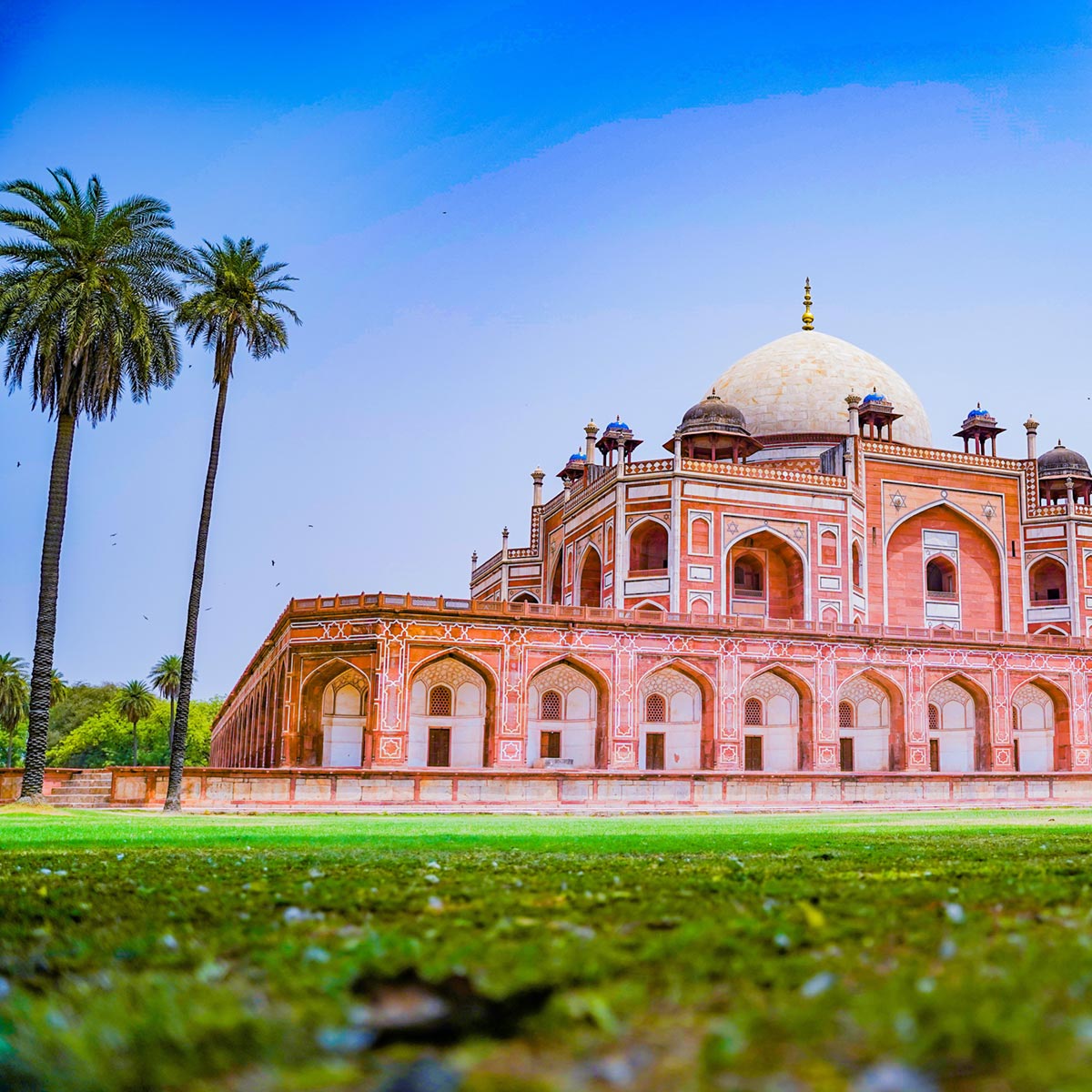Every culture on Earth enjoys healthy and delicious food. In this article, we'll continue our global health food tour — this time to the ancient Indian subcontinent. The country of India and the nations surrounding it are responsible for some of the best natural foods on the planet. From coconut and ashwagandha to turmeric and chai, this part of the world is rich with inspiring colours and bold flavour combinations.
Let's review all the great foods from this region, looking at traditional diets, regional cuisine, and healthy natural ingredients.
Traditional Indian Cuisine
The Indian subcontinent encompasses a significant part of Southern Asia. It's largely defined by the Indian Plate, which lies between the Indian Ocean and the Himalayas. Geographically, it spans major landmasses from the countries of India, Pakistan, Bangladesh, Bhutan, Maldives, Nepal, and Sri Lanka. While the term "South Asia" is also used to describe this part of the world, it includes Afghanistan, which is not considered part of the subcontinent.
Nestled between China, Iran, and Afghanistan, and enveloped by long stretches of coastline, the Indian subcontinent has had a huge influence on the global diet. To understand this impact, it's important to look at the region's traditional cuisine. While people in India, Bhutan, and the Maldives often eat very different foods, they also share many staple ingredients. There are many reasons for this commonality, including native plants, ancient trade routes, and shared religious traditions.
Staple foods of this region include rice, whole-wheat flour, lentils, and pearl millet. Lentils are available in many forms, including masoor, tuer, urad, and moong. Chapati and roti flatbreads are also very common, as are a number of different beans. Along with these base ingredients, the Indian subcontinent is also known for its rich flavour combinations. From turmeric and ginger to cloves and cardamom, people in this region certainly aren't afraid to get spicy.
Common meats from the Indian subcontinent include lamb, goat, fish, chicken, and beef, although the latter is less common in India, Sri Lanka, and Nepal. Cows have a special place in Dharmic religions, and pork is prohibited in Islamic and many Hindu cultures. Dairy is very popular in India and surrounding nations, with ghee often used instead of oil and sweet desserts based on reduced milk recipes. Vegetarianism is fairly widespread in this part of the world, especially in Hindu-majority India.
Superfoods From The Indian Subcontinent
The Indian subcontinent is associated with some of the world's healthiest natural foods. The following ingredients deserve the "superfood" label:
Coconut
Coconuts are loved by millions of people around the world. While they're grown all over these days, they originated in two distinct regions. Pacific Ocean coconuts were first cultivated in the Philippines, Malaysia, and Indonesia; and Indian Ocean coconuts came from the southern regions of India, Sri Lanka, and the Maldives.
Today, India is the largest coconut-producing country, being responsible for almost one-third of the world's coconuts. This productive fruit contributes almost US$4 billion to the Indian economy, and it provides food security for more than 12 million people. Coconuts have a balanced nutritional profile that's low in carbohydrates but high in fibre and healthy fats. This makes them especially popular for people on low-carb, gluten-free, or paleo diets.
Coconuts have lots of powerful antioxidants, in the form of phenolic compounds like gallic acid, caffeic acid, salicylic acid, and p-Coumaric acid. They also have plenty of minerals, including manganese, copper, iron, and selenium. While they're not a particularly great source of vitamins, coconuts do contain small amounts of B vitamins. This delicious fruit also has antimicrobial properties, and it's versatile enough to be consumed as white flesh, milk, cream, water, or oil. Coconut oil is particularly beneficial, offering maximum benefits without the unhealthy fats of many other oils.
Across the Indian subcontinent, coconut is widely used in snacks, main meals, and desserts, and it's also used for cooking. From the coconut capital of Kerala to the big cities of India and Pakistan, it can be eaten alone, used for hydration, added to curries, or made into pastes. Coconut chutney is a central element in many South Indian snacks, including dosa, wada, and mysore bajji. Coconut is also added to fish and seafood dishes, and it's even offered to deities in Hindu temples as a symbol of prosperity.
Turmeric
Sometimes called "Indian saffron" or "the golden spice," turmeric is a colourful and much-loved plant-based food. Turmeric has a very long history of medicinal use, both across the Indian subcontinent and in Southeast Asia. Its brilliant orange-yellow colour can be seen in curries, sauces, and many other dishes associated with this part of the world. India produces nearly all of the world’s turmeric crop, and it also consumes roughly 80% of it. When you realise how popular this spice is on a global scale, that really is an incredible statistic.
Turmeric comes from the Curcuma longa plant, which is a rhizomatous herb in the ginger family. These rhizomes, or mass root structures, can be used fresh or dried, and they're often ground down to add colour and flavour. This spice is one of the most effective nutritional supplements in existence, and it's mostly down to one key ingredient — curcumin. As the primary and most beneficial active compound in turmeric, curcumin has a number of powerful anti-inflammatory and antioxidant qualities.
Curcumin is full of bioactive compounds. It fights off foreign invaders and helps to repair physical damage. Chronic inflammation is responsible for a range of minor health conditions and serious diseases, with turmeric helping to manage inflammation and support healthy physical function. Curcumin is also a potent antioxidant, helping to fight free radicals and prevent oxidative damage. This is another common cause of disease, and once again, turmeric can be part of the solution.
Turmeric is easy to eat and digest, tasting great and breaking down readily in fat or oil. Traditional Indus Valley cultures have a long history cooking with turmeric, which they added to their oil along with ginger, salt, and green peppers. Turmeric is also found in curries, and it plays an important role in Ayurvedic medicine. This traditional form of medicine is based on natural healing principles, and it's still practised in India to this day. Turmeric paste is used to heal wounds, bruises, and skin conditions. It's even tied around the necks of new brides for protection and good luck in wedding ceremonies.
Ashwagandha
Ashwagandha is a central herb in Ayurvedic medicine, where it's been used for many thousands of years. In a traditional context, it's taken to relieve stress, improve concentration, and increase energy levels. Often called “Indian ginseng” and Sanskrit for "smell of the horse," ashwagandha has powerful nutritional properties and a rather unique scent. This evergreen shrub is native to the Indian subcontinent, and it also grows in the Middle East and parts of Africa. While this herb is not often added to food, it is commonly taken as a medicinal supplement.
Ashwagandha is classified as an adaptogen, which means it helps your body cope with stress. In modern times, ashwagandha supplements are sometimes taken to relieve stress and manage anxiety. It has a moderating effect on the hypothalamus-pituitary-adrenal axis, and it has been associated with positive stress-relieving effects in multiple studies. With anxiety rates rising across the Western world, and stress levels also pronounced, ashwagandha may provide some much-needed relief.
This herb is not only useful for stress, however — studies highlight a range of other potential benefits. It has been found to improve athletic performance by boosting strength and oxygen during exercise, and it may also be beneficial for male fertility and blood sugar levels. Ashwagandha is fairly easy to find in health food stores, often as a supplement or herbal tea. This ancient herb is also added to beauty products, with adaptogens encouraging the production of natural oils to support healthy skin and hair.
Chai
While it's tempting to call it "chai tea," that's saying the same thing twice. In India, chai simply is tea, but fresher, spicier, and generally much healthier too. Standard chai is based around a mixture called "karha," which includes a selection of the following spices: cardamom, ginger, cloves, cinnamon, star anise, fennel seeds, nutmeg, vanilla, and peppercorn. The exact makeup differs from region to region, and it may also vary based on seasonal conditions.
These spices are either brewed alone or added to black tea, before being mixed with milk and honey. The Kashmiri version of chai is brewed with green tea instead, along with salt and a subtler spice blend. In many ways, chai is a microcosm of Indian cuisine inside a cup. It includes most of the spices used in regional recipes. And, just like Indian food, it's all about balance. While you don't need to include every spice in every brew, the way they interact is central to the overall experience.
Along with tasting great and warming you up on a cold morning, many of the ingredients used in chai offer health benefits. For example, ginger and cinnamon are known for their immune-boosting qualities, nutmeg has antioxidant properties, and cloves are great for nausea and digestive health. It's easy to make your own chai at home, or you can buy ready-made tea bags and blends with the perfect balance.
When you need natural ingredients from the Indian subcontinent, Healthy Being is the place to go. We source quality foods and supplements from all corners of the world, and we sell directly to customers at unbeatable prices. So check out our website today and enjoy free shipping options across Australia and worldwide delivery!


 Certified Organic
Certified Organic Vegan Friendly
Vegan Friendly  Vegetarian
Vegetarian Organic Ingredients
Organic Ingredients Dairy Free
Dairy Free Gluten Free
Gluten Free Keto Friendly
Keto Friendly

















